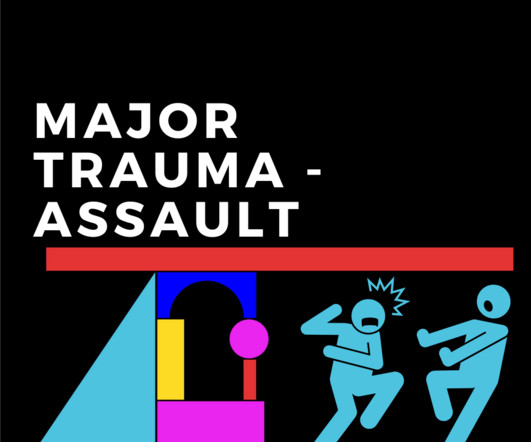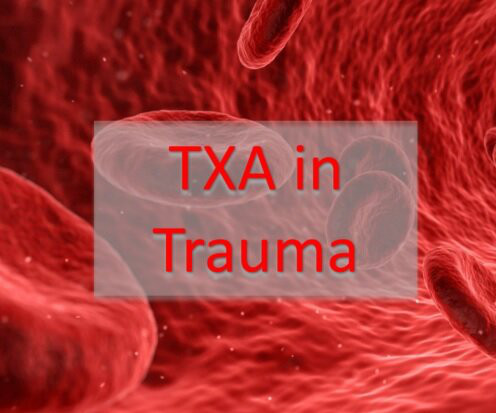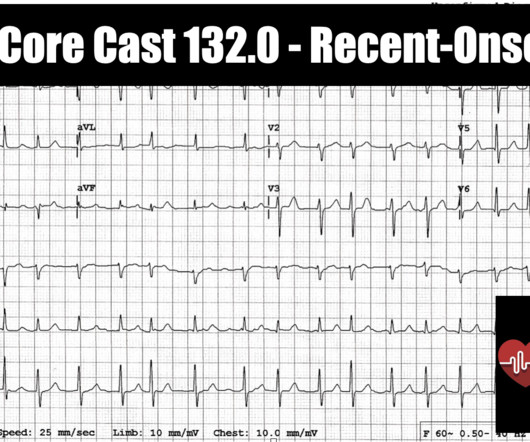REBEL Core Cast 127.0 – Penetrating Neck Injuries
RebelEM
SEPTEMBER 18, 2024
Skip the zones of the neck and focus on hard signs of vascular ( Shock w/o another source, Pulsatile bleeding, Expanding hematoma, Audible bruit, Signs of stroke) or aerodigestive (Airway compromise, Bubbling wound, Extensive SubQ air, Stridor, Significant hemoptysis/hematemesis). Post Peer Reviewed By: Salim R.



















Let's personalize your content